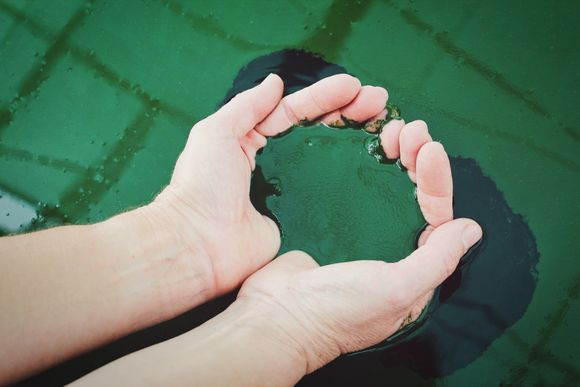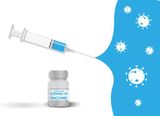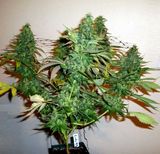Author: Rositsa Tashkova, Master of Molecular Biology and Microbiology
Spirulina is a type of cyanobacteria or blue-green algae. Apart from the fact that we owe most of the oxygen on the planet to the blue-green algae, it turns out that the type of spirulina has a variety of benefits for our health, as well as a wealth of nutrients and elements.
In fact, spirulina is a single-celled species that photosynthesizes, as do plants. It inhabits both salt and fresh water.
It seems that it is one of the few who justifiably bears the name superfood and in this article you will find out why.
Spirulina Is Very Nutritious
One tablespoon (7 grams) of dry spirulina powder contains the following nutrients:
- Proteins (with excellent qualities): 4 grams
- Vitamin B1 (thiamine): 11% of the recommended daily intake
- Vitamin B2 (riboflavin): 15% of the recommended daily intake
- Vitamin B3 (niacin): 4% of the recommended daily intake
- Copper: 21% of the recommended daily intake
- Iron: 11% of the recommended daily intake
- Contains all essential amino acids
- Fats: about 1 gram, including omega-3 and omega-6 fatty acids
Read more in the article .
It also contains good amounts of magnesium, potassium and manganese and small amounts of almost any other nutrient we need.
It is important to note that spirulina does not contain vitamin B12, despite the claims. It contains a similar substance, but it is not absorbed in our bodies.
Spirulina Can Alleviate Allergic Rhinitis Symptoms
Spirulina has been found to exhibit anti-inflammatory properties, since it inhibits the excretion of histamine from mast cells, and histamine is a substance that provokes the manifestation of inflammatory reactions. [ref.1]
Studies have also been conducted in people suffering from allergic rhinitis (hay fever) which show that taking spirulina suppresses the allergic reaction and can significantly improve symptoms such as nasal congestion, runny nose, sneezing and itching. [ref.2]
Read more in the article .

Spirulina May Lower Bad Cholesterol And Blood Pressure
High cholesterol is one of the main causes of atherosclerosis - a disease that ranks at the forefront among the causes of death.
Various studies have shown the ability of spirulina to lower levels of bad cholesterol (LDL) and triglycerides in the blood, lowering the risk of developing atherosclerosis. In studies, different daily doses of spirulina were used - within the range between 2 and 8 grams per day. [ref.3]
According to some studies, spirulina also has the property of lowering blood pressure, by increasing nitric oxide levels. This molecule makes blood vessels dilate.
Read more in the article .
Spirulina May Help Diabetes Sufferers
Some animal studies and a study in patients have shown that taking 2 grams of spirulina daily can lower blood sugar levels in type 2 diabetes sufferers by a full percentage point (from 9% to 8%). Future studies will prove whether spirulina can be used effectively to control blood sugar in diabetes.
Read more in the article .
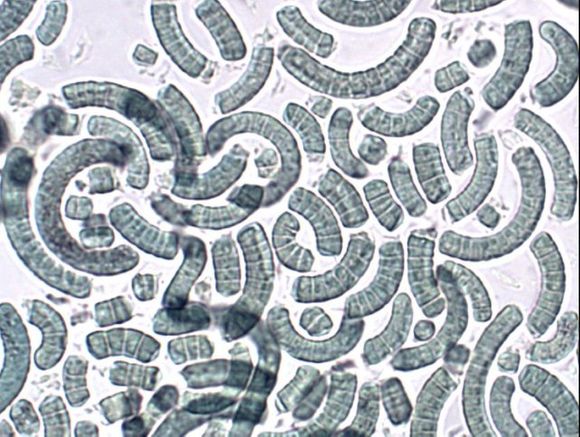
Anti-cancer Properties Of Spirulina
The topical application of spirulina extract in pre-cancerous diseases of the mouth, in particular leukoplakia and oral submucosal fibrosis (submucous fibrosis of the oral cavity), which have the potential to develop into cancer.
A positive effect has been observed during the use of the extract and it will probably be able to be used as a prevention of oncological disease.
It is believed that the effect is probably due to the antioxidant and immunomodulatory action of spirulina.
Read more in the article .
How To Grow Spirulina At Home
Growing spirulina at home is not a difficult task. Here's what it takes:
- Aquarium or other similar glass water vessel;
- Suitable strainer with which to capture the required amount of spirulina and drain it;
- Scoop with which to scrape the squeezed spirulina from the strainer;
- Minerals necessary for the growth of spirulina - ready-made mixtures are offered for this purpose, which must contain: sodium bicarbonate, magnesium sulphate, potassium nitrate, citric acid, salt, urea, calcium chloride, iron sulphate, ammonium sulphate;
- A starter culture of live spirulina - which can be purchased from specialty health food stores - it is important that the source is checked so that there are no heavy metals in the algae.
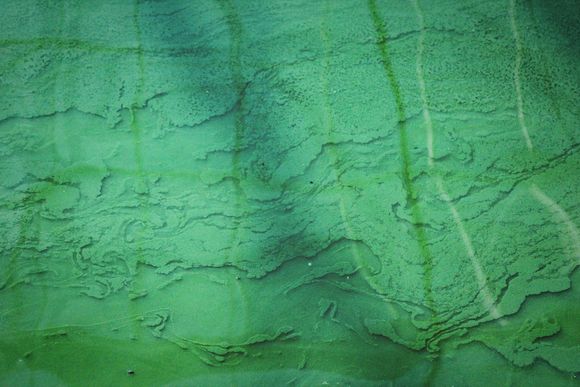
How to grow spirulina:
- It takes a lot of heat (about 35 degrees) and light, preferably solar;
- Minerals are dissolved in filtered water according to the instructions on the package;
- To achieve optimal temperature during the cold months, an aquarium heater purchased from a pet store can be used;
- Add the starting culture according to the instructions;
- If it does not develop well in time, check the pH of the water in the aquarium, and with the help of the minerals bring it to 10 - this is the desired pH, it is checked with strips, which can be found in fish shops;
- Stir the water occasionally in the aquarium or buy an oxygen saturation pump;
- After 3-6 weeks, you can consume it - one spoonful of fresh spirulina is quite enough;
- When removing one scoop of spirulina, add the same amount of minerals to the water.
Read more about algae in the article .
Such a small and seemingly insignificant being, such as the blue-green cyanobacteria spirulina, contains an entire universe of nutrients and elements and offers good health to whoever manages to appreciate it.
